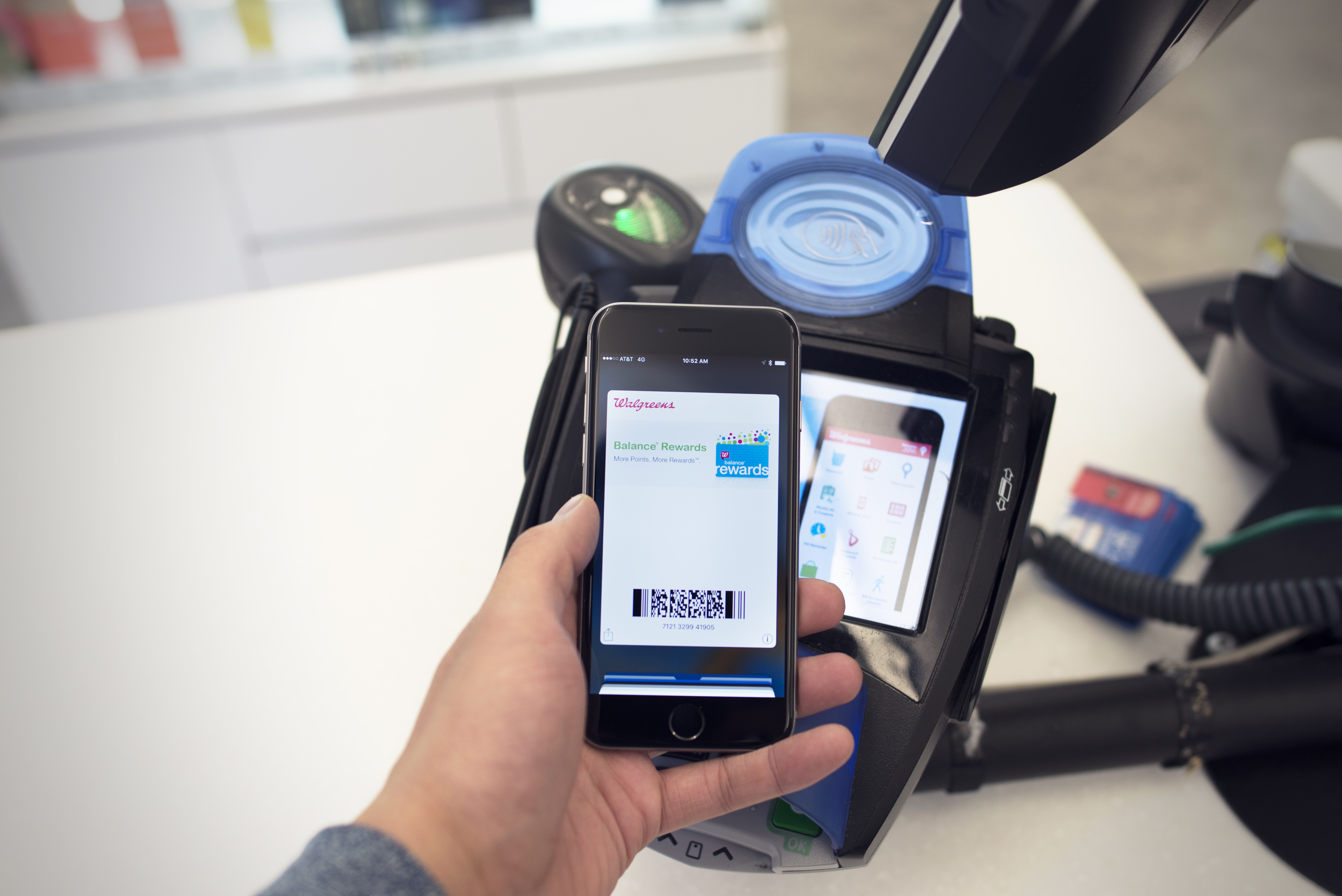
- 2 Min Read / Blog / 3.2.2020

People love keychain loyalty cards. They love them because they solve a real problem—the thin plastic branded barcodes allow people to shed wallet weight, and still power the loyalty customer interactions that brands desire. Most people would agree that a bulky wallet is totally unnecessary, and a keyring full of loyalty cards is one solution that we see in use everyday.
The desire to thin the wallet was one of the primary problems plastic printing companies faced several years ago, when shopper loyalty programs first came in vogue. People want everything in one place, easily found, and never forgotten since keys are an absolute necessity when leaving the home. But, these keyring cards are still physically limiting—customers can only reasonably fit a few of their favorite retailers on any one keyring, and still have to make choices about which loyalty cards to carry with them based on how often they might use each.
Apple’s introduction of iOS 9 improvements to Wallet (previously Passbook) and its work with the Value Added Service Protocol is truly the first major mobile initiative to help smartphone users everywhere (at least those with new iPhones) finally empty their pockets of those pesky plastic loyalty cards. Businesses that buy into offering Wallet-style loyalty cards can access loads of contextual data about their customers, but they’re also entering an environment where they no longer own the consumer experience and where opportunity to differentiate yourself from among the digital card competition is getting much more difficult.
Simply put, a tangible keyring card can ensure that a company’s brand image is always available at a customer’s fingertips every time they open a door or start their car. Digital cards made available through Wallet can be as many as four steps away from being relevant, and like they say, if it’s out of sight, it’s probably out of mind, too.
With this new layer of abstraction between the loyalty program and the customer, many retailers are left to wonder whether their loyalty strategies will remain relevant when a user’s digital Wallet is full of credit cards, boarding passes, coupons, and more. However, it’s the retailers who have defined a media-independent, customer-first loyalty strategy who have the least to worry about.
Those who have traditionally focused on a card-first approach may struggle to maintain a high degree of relevancy for today’s increasingly mobile customer. The primary reason for this shift is the difference between opportunity and preference. Card-first strategies rely on customers remembering to use their cards in the context that makes the most sense (e.g., the store). To help alleviate the need for customers to proactively remember loyalty cards, Apple Pay can now bring relevant cards to the forefront based on the NFC terminal. For example, it’ll make your Dunkin Donuts loyalty card the active card when you’re at a Dunkin Donuts, without the user doing anything unusual. Card-first strategies generally do not provide full transparency into the rewards process and typically focus on collecting the company can use to sell more products to existing customers (e.g., winning share of basket).
On the contrary, what retailers need are not more card-first strategies, but an overhaul in customer-first loyalty programs. Customer-first loyalty programs focus on giving the customer things they ultimately need, rather than a card they have to remember. Customer-first programs define expectations—both from the retailer and from the customer—and deliver truthfully on their promises in real-time. Customer-first strategies focus on ensuring every customer has the best possible experience based on their relationship status with the retailer.
Winning retailers use data to help solve their customers’ problems. When retailers think outside of the traditional transactional relationship they’re most often engaged in, they can build loyalty programs that integrate with the full scope of their brands’ capabilities. Depending on a brand’s vision, this could mean anything, from rewarding out-of-store lifestyle behaviors to alerting customers about events that encourage behaviors most likely to tie customers back to the brand. Walgreens, for example, gives customers loyalty points based on hitting target step goals.
Although it may sounds like common sense in an era where brand is king, most of today’s customer loyalty programs still exist as relics of the past, providing little-to-no usefulness for customers away from the cash register. Companies looking to win and keep new customers need to begin asking difficult questions about how their brand is meeting their customers’ needs instead of just selling products.